Slide #1
Could you tell me a little bit about yourself and your background?
I'm 31 years old. I grew up in New York City. My mother is the widow of Gordon Matta-Clark. He died two years before I was born, but I've grown up very much in that world. My father, Robert Fiore, is a filmmaker and was a friend of Gordon's, and I grew up surrounded by many of his other friends and family, too. So, I was familiar with Gordon’s environment from a young age. But I knew I had to find my own way to understand him and his work as well. So I went to Sarah Lawrence College and got involved in theatre and playwriting mainly because I loved writing, and it seemed like the one area of the arts my parents didn't have any influence over. So anyhow, for different reasons I ended up studying play writing. After I graduated in '02, I moved to Ireland and started my own theater company there.
Was your mother in the arts as well?
Yes, in the 1970's she was the director of the Foundation of Art Performances and Projects. She created a network of alternative spaces and institutions in Europe that would support non-object artists whose work was otherwise deemed unsellable.
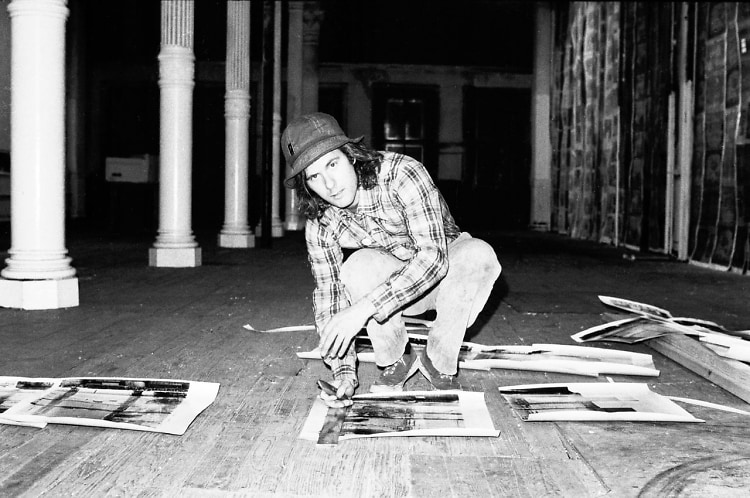 [Gordon Matta-Clark installing Walls Paper at 112 Greene Street, October 1972.
Photo by Cosmos Andrew Sarchiapone.]
How and why did you begin working on 112 Greene Street?
After I graduated college in '02, I moved to Ireland and started my own theater company there. When I did my Masters at the National College of Art and Design in Dublin, I ended up writing my thesis about 112 Greene Street. And that is when I really started to delve into the nitty gritty of it and discover just what a phenomenal space it was, but with almost no literature about it.
In 2009, I was talking to David Zwirner about it, just casually, at an opening. I was telling him about my thesis and he got really excited because he's actually quite passionate about this era and what was happening in New York City at the time. The following spring he called me into a meeting, and at one point he turned to me and said, 'pitch me an exhibition.' I couldn't believe it. It was a dream come true because I had spent so much time thinking about this venue, wishing somebody would one day pay attention to it. So I pitched him an exhibition and a publication because the two really need to go hand in hand. Hundreds of artists passed through the space, and I could only include a few artists within the exhibition itself, whereas the publication could include more artists, more voices, more perspectives. It may still only be scratching the surface, but it is my hope that it is extensive enough to inspire future researchers, curators, and hopefully a museum one day to do a full retrospective. So I really see the publication as the second half of the show.
[Gordon Matta-Clark installing Walls Paper at 112 Greene Street, October 1972.
Photo by Cosmos Andrew Sarchiapone.]
How and why did you begin working on 112 Greene Street?
After I graduated college in '02, I moved to Ireland and started my own theater company there. When I did my Masters at the National College of Art and Design in Dublin, I ended up writing my thesis about 112 Greene Street. And that is when I really started to delve into the nitty gritty of it and discover just what a phenomenal space it was, but with almost no literature about it.
In 2009, I was talking to David Zwirner about it, just casually, at an opening. I was telling him about my thesis and he got really excited because he's actually quite passionate about this era and what was happening in New York City at the time. The following spring he called me into a meeting, and at one point he turned to me and said, 'pitch me an exhibition.' I couldn't believe it. It was a dream come true because I had spent so much time thinking about this venue, wishing somebody would one day pay attention to it. So I pitched him an exhibition and a publication because the two really need to go hand in hand. Hundreds of artists passed through the space, and I could only include a few artists within the exhibition itself, whereas the publication could include more artists, more voices, more perspectives. It may still only be scratching the surface, but it is my hope that it is extensive enough to inspire future researchers, curators, and hopefully a museum one day to do a full retrospective. So I really see the publication as the second half of the show.
 [Gordon Matta-Clark installing Walls Paper at 112 Greene Street, October 1972.
Photo by Cosmos Andrew Sarchiapone.]
How and why did you begin working on 112 Greene Street?
After I graduated college in '02, I moved to Ireland and started my own theater company there. When I did my Masters at the National College of Art and Design in Dublin, I ended up writing my thesis about 112 Greene Street. And that is when I really started to delve into the nitty gritty of it and discover just what a phenomenal space it was, but with almost no literature about it.
In 2009, I was talking to David Zwirner about it, just casually, at an opening. I was telling him about my thesis and he got really excited because he's actually quite passionate about this era and what was happening in New York City at the time. The following spring he called me into a meeting, and at one point he turned to me and said, 'pitch me an exhibition.' I couldn't believe it. It was a dream come true because I had spent so much time thinking about this venue, wishing somebody would one day pay attention to it. So I pitched him an exhibition and a publication because the two really need to go hand in hand. Hundreds of artists passed through the space, and I could only include a few artists within the exhibition itself, whereas the publication could include more artists, more voices, more perspectives. It may still only be scratching the surface, but it is my hope that it is extensive enough to inspire future researchers, curators, and hopefully a museum one day to do a full retrospective. So I really see the publication as the second half of the show.
[Gordon Matta-Clark installing Walls Paper at 112 Greene Street, October 1972.
Photo by Cosmos Andrew Sarchiapone.]
How and why did you begin working on 112 Greene Street?
After I graduated college in '02, I moved to Ireland and started my own theater company there. When I did my Masters at the National College of Art and Design in Dublin, I ended up writing my thesis about 112 Greene Street. And that is when I really started to delve into the nitty gritty of it and discover just what a phenomenal space it was, but with almost no literature about it.
In 2009, I was talking to David Zwirner about it, just casually, at an opening. I was telling him about my thesis and he got really excited because he's actually quite passionate about this era and what was happening in New York City at the time. The following spring he called me into a meeting, and at one point he turned to me and said, 'pitch me an exhibition.' I couldn't believe it. It was a dream come true because I had spent so much time thinking about this venue, wishing somebody would one day pay attention to it. So I pitched him an exhibition and a publication because the two really need to go hand in hand. Hundreds of artists passed through the space, and I could only include a few artists within the exhibition itself, whereas the publication could include more artists, more voices, more perspectives. It may still only be scratching the surface, but it is my hope that it is extensive enough to inspire future researchers, curators, and hopefully a museum one day to do a full retrospective. So I really see the publication as the second half of the show.
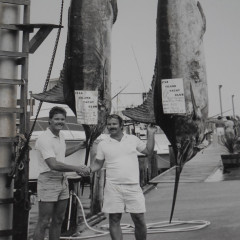
.jpg)
.jpg)
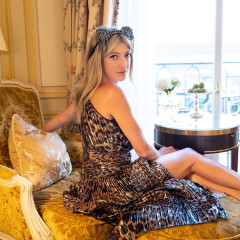
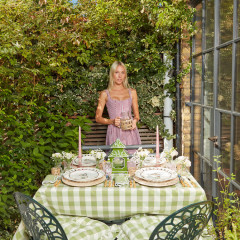
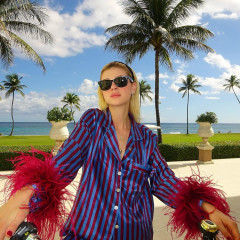
.jpg)
.jpg)
.jpg)
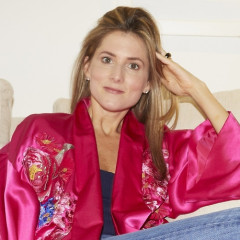
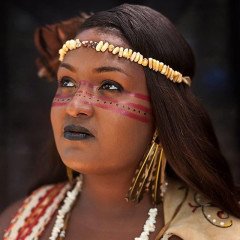

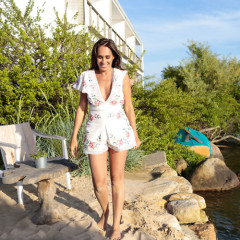
.jpg)